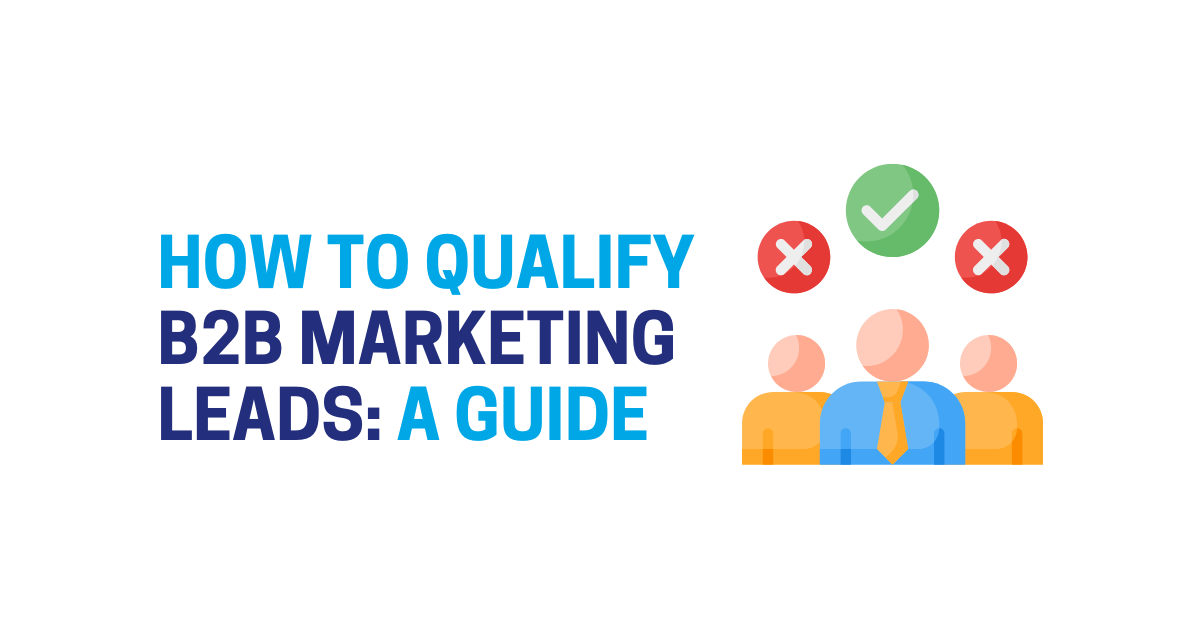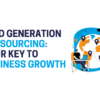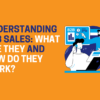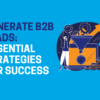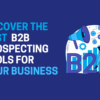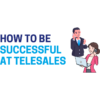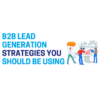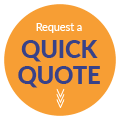How to Qualify B2B Marketing Leads: A Basic Guide
In B2B marketing, generating qualified leads is only part of the equation. The real challenge—and often the difference between success and failure—lies in lead qualification. Lead qualification is the process of evaluating if a B2B lead meets specific criteria that make them a high-quality lead. For businesses looking to optimise their B2B sales funnel, knowing how to qualify leads can save time, improve conversion rates, and increase revenue. This guide covers the essential steps, lead scoring strategies, and tools to qualify leads effectively and boost your lead generation ROI.
1. Understanding Lead Qualification in B2B Marketing
Defining Marketing Leads vs. Qualified Leads
In B2B, marketing leads are potential clients who have shown interest in your business’s services—perhaps by downloading an ebook, subscribing to a newsletter, or attending a webinar. However, not all leads are high-quality. A qualified lead goes beyond mere interest; they meet specific criteria that suggest they are likely to become a customer.
MQL vs. SQL (Marketing Qualified Lead vs. Sales Qualified Lead)
A Marketing Qualified Lead (MQL) has shown interest through engagement with your company’s marketing content, but they may still need nurturing before being ready for sales. A Sales Qualified Lead (SQL) is a high-quality lead ready for a direct conversation with your sales team. Identifying these stages allows B2B marketing and sales teams to focus their efforts on leads with the greatest potential to convert, improving both lead conversion rates and customer acquisition costs.
2. Key Criteria for Lead Qualification
BANT (Budget, Authority, Need, Timing)
The BANT framework is one of the most popular methods for lead qualification and includes:
- Budget: Does the lead have the budget for your services?
- Authority: Is the lead a decision-maker or influencer within their organisation?
- Need: Does the lead have a specific need that your product or service fulfils?
- Timing: Is the lead ready to make a purchase within an actionable timeframe?
Using BANT ensures that only high-quality leads advance through the B2B sales funnel, improving your team’s overall efficiency. HubSpot: The BANT Framework for Qualifying Sales Leads
CHAMP (Challenges, Authority, Money, Prioritisation)
CHAMP is a newer lead qualification model that prioritises understanding a lead’s Challenges as the main criterion. Focusing on a lead’s pain points helps B2B sales teams position their services as a solution to these challenges, which can be highly effective for solution-oriented B2B companies.
ICP (Ideal Customer Profile) and Buyer Personas
An Ideal Customer Profile (ICP) helps companies define the types of businesses they should target, specifying details like industry, company size, revenue, and geographic location. Buyer personas dive further, capturing insights into the personal characteristics, motivations, and pain points of decision-makers. Together, these tools improve B2B lead generation by helping teams focus on leads with the highest conversion potential.
3. Lead Scoring Models for B2B
What is Lead Scoring?
Lead scoring is a systematic way of assigning points to B2B leads based on characteristics and behaviours, helping to rank leads and prioritise those most likely to convert.
Factors in Lead Scoring
A well-defined lead scoring model for B2B companies considers factors like:
- Demographic fit: Job titles, company size, and industry alignment with the ICP.
- Engagement level: How frequently the lead interacts with marketing content (e.g., email opens, content downloads).
- Firmographics: Characteristics like company revenue and location.
Implementing Lead Scoring Systems
Implementing lead scoring through a CRM system enables B2B teams to continuously track and update lead scores, facilitating alignment between marketing and sales. A successful lead scoring model can significantly improve your lead conversion rate by focusing on high-quality leads that align with your business goals.
4. Qualification Strategies for Better Lead Filtering
Inbound vs. Outbound Leads
Inbound leads are often easier to qualify because they’ve engaged with your B2B marketing efforts, indicating interest. Outbound leads—typically generated through activities like cold calling and direct outreach—require more qualification to ensure they fit your ideal customer profile.
Data Analysis for Qualification
Using data-driven insights is essential for accurate lead qualification. By tracking engagement metrics and using data analytics, B2B companies can identify patterns and prioritise leads effectively, improving both lead quality and lead nurturing efficiency.
5. Essential Tools for Lead Qualification
CRM Software
CRM platforms like Salesforce, HubSpot, and Zoho CRM streamline lead qualification by centralising data on lead interactions and automating lead scoring.
Sales and Marketing Automation
Automation platforms such as Marketo, Pardot, and ActiveCampaign support B2B marketers by automating lead nurturing tasks based on lead engagement, saving time and ensuring that high-quality leads receive timely follow-ups.
Analytics Platforms
Platforms like Google Analytics provide insights into lead behaviour on your website, allowing you to further qualify leads by understanding which pages or resources they engage with.
6. The Role of Communication in Lead Qualification
Engagement and Touchpoints
Frequent engagement with leads is essential for qualification. By nurturing leads through personalised emails, LinkedIn messages, and phone calls, B2B teams can gauge readiness and further qualify leads based on engagement.
Feedback Loops
Effective B2B lead qualification requires feedback between marketing and sales. Sales teams can provide insights on why certain leads converted (or didn’t), helping to improve future lead generation and qualification criteria.
7. Improving Your Lead Qualification Process
Continuous Learning and Adjustment
B2B lead qualification is an evolving process. By regularly evaluating lead conversion metrics, companies can adjust qualification criteria to better capture high-quality leads, improving the overall efficiency of their B2B sales funnel.
Tracking Key Metrics
Key performance indicators to track include:
- Lead-to-Customer Conversion Rate: Percentage of leads that turn into customers.
- MQL to SQL Conversion Rate: The rate at which marketing-qualified leads progress to sales-qualified.
- Sales Cycle Length: The time it takes to close a deal, which reflects your team’s efficiency.
A/B Testing
Testing different lead scoring models, qualification criteria, and outreach methods can offer valuable insights into what works best. A/B testing helps B2B companies optimise lead qualification continuously and improve ROI from lead generation efforts.
Lead qualification is vital for B2B marketing success. By defining qualification criteria, employing lead scoring models, and using the right B2B marketing tools, companies can focus on high-quality leads and improve their lead conversion rate. Communication, feedback, and data-driven adjustments will make your lead qualification strategy more effective, leading to better sales outcomes and a more efficient sales funnel. For businesses serious about maximising their B2B marketing ROI, a structured lead qualification process is key.
Ready to improve your lead qualification? Contact The Lead Generation Company today and let us help you build a stronger, more effective sales funnel.

Ryan Whyte is a Director of The Lead Generation Company where he leads a team of B2B telemarketers to deliver high-quality leads for clients. With a strong background in campaign management and a focus on driving results, Ryan is dedicated to optimising strategies that maximise client success in B2B lead generation.






